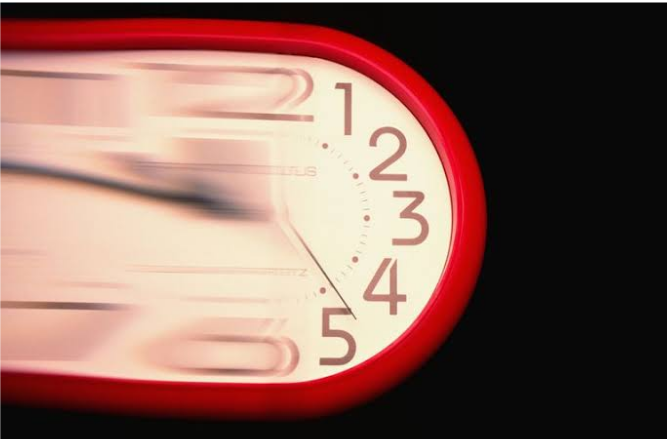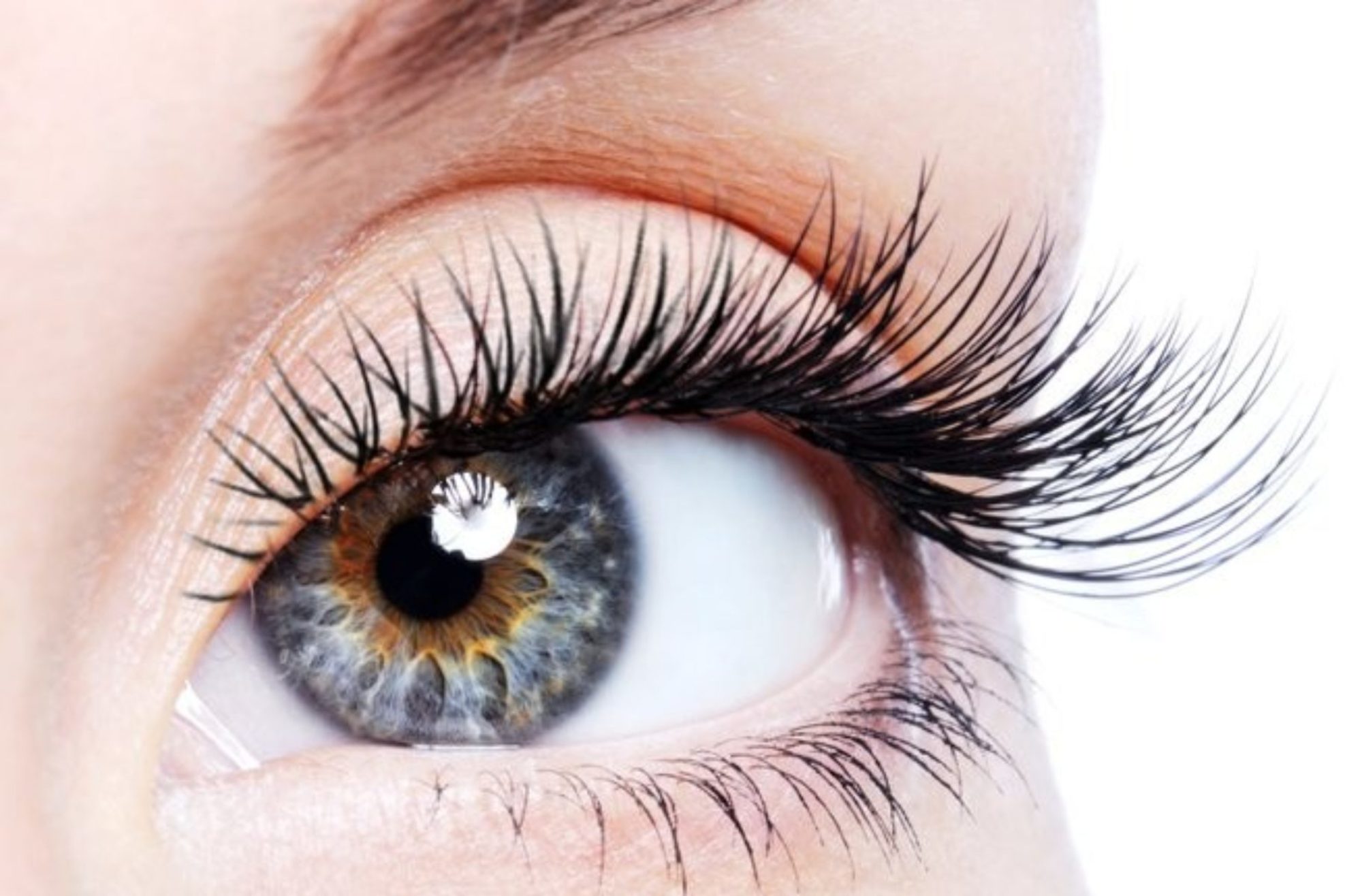
About one-third of stroke survivors experience vision loss.
· Many people who have vision loss after a stroke do not fully recover their vision.
· Some recuperation is possible– this will generally happen in the very first couple of months after a stroke.
· Training, equipment and house modifications can assist you to live as independently and safely as possible.
Vision loss after stroke
Your vision depends on a healthy eye to receive information and healthy and balanced brain to process these details. The nerves in the eye travel from the eye through the brain to the occipital cortex at the back of the brain, enabling you to see.
The majority of strokes impact one side of the brain. Nerves from each eye traveling with each other in the brain, so both eyes are affected. If the right side of your brain is damaged, the left side vision in each eye might be affected. It is uncommon for both sides of the brain to be affected by stroke. When it does happen, it can lead to blindness.
Visual field loss
Your visual field is the entire area you can see when your eyes are dealt with in one position.
Homonymous hemianopia is the loss of fifty percent of the visual field in each eye. You may feel like you are unable to see out of one eye, as you see only half images, however actually, both your eyes are affected. When reading, words and sentences disappear when in the missing visual field as they cannot be seen. People may appear to have only half a face.
Quadrantanopia is the loss of either the upper or lower quarter of the visual field, therefore the name derived from quadrant or quarter of a circle.
Eye movement control
If the nerves that make your eyes move are harmed, you may not be able to move your eyes to a specific position in order to see objects that lie in that position. Another effect may be that a nerve that controls individual eye muscles may stop working, triggering eye turning (technically called strabismus) or double vision (technically called diplopia). Various other problems with eye nerves can create an eyelid to droop (ptosis), or the pupil of an eye to come to be bigger.
Unstable movement
Nystagmus is constant, unstable movement of the eyes. Activity will certainly be jittery and can be side to side, backwards and forwards or circular. Your eyes may also flicker when you try to look continuously at something.
Troubles with the nerves of the eyelid, the facial nerve or the muscles of the eyelid can cause dry eyes.
Visual overlook and agnosia
People with visual neglect are not familiar with, and do not react to, things on their stroke-affected side. People with visual agnosia have trouble identifying familiar faces as well as objects. These problems are not associated with vision itself, though that may also be affected – they result from damages to parts of the brain that perceive and interpret vision or the visual images that are formed in the eye.
Management and recovery
The majority of people that have vision loss after a stroke will certainly not completely recover their vision. Some recuperation is possible, usually in the very first couple of months after a stroke. Glasses or contact lenses generally will not help vision loss due to stroke.
Ophthalmologists, orthoptists, medical professionals and occupational therapists can recommend on the very best monitoring for you.
Treatment may include training to compensate for the vision loss. This consists of scanning techniques that make the most use of your existing vision.
Prism lenses can be used to move images from the non-seeing to the seeing visual field. If you have dual vision, a prism to sign up with the images can be positioned on glasses, or an eye spot can assist by blocking one image.
You can utilize eye drops for dry eyes. Your health and wellness expert may also recommend taping your eyelids shut, especially during the night. If you have become more sensitive to light (photo sensitivity), you can use sunglasses.
Vision loss can affect your safety and independence. Training, aids, equipment and modifications can help you to lead close to a normal life.
More help
Khanna Vision Institute’s health and wellness professionals provide information, guidance, support and recommendation.
